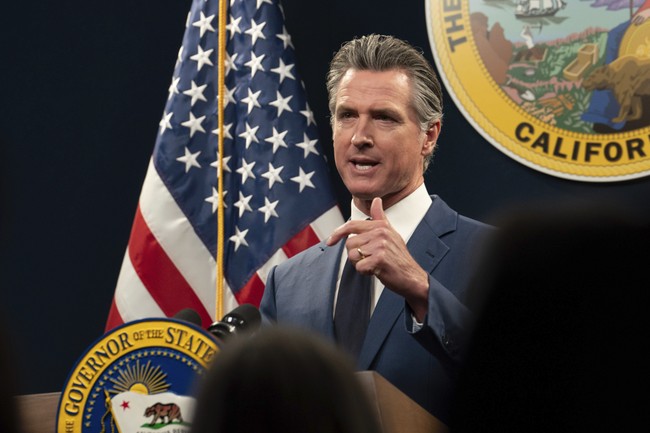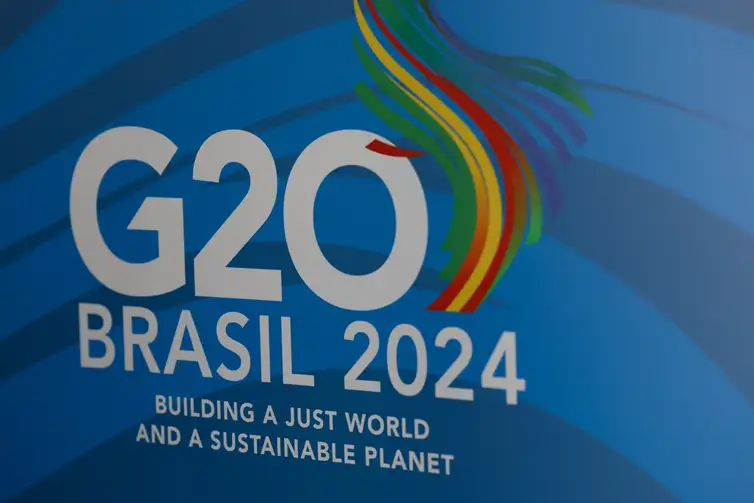Economic Indicators Signal Diverse Global Challenges
A recent compilation of economic reports indicates varied challenges across the globe, from unemployment in Canada to Syria's economic woes.
Published June 08, 2024 - 00:06am

Image recovered from thestar.com
OTTAWA - As the world navigates through economic turbulences, a juxtaposition of regional reports reveals the diverse challenges faced by different economies. Canada's national unemployment rate, as reported in May by The Canadian Press, sat at 6.2 per cent, illustrating regional fluctuations with Newfoundland and Labrador peaking at 9.9 per cent while Manitoba boasted the lowest figure at 4.9 per cent. Concurrently, India celebrated a marginal decrease in its unemployment rate, from 7 per cent to 3.1 per cent, indicating a resilient economy influenced by positive governmental policies and robust market activities.
From the earnings perspective, financial analysis of State Bank of India as published in The Hindu Business Line highlights a growth-oriented era with healthy loan expansions and profitability. Similarly, the surge in India's high net-worth individual count underscores an affluent aspect of the economy. This contrasts sharply with the dire economic scenario portrayed by Syria's SCPR report detailing a staggering unemployment rate of 52 per cent and an alarming inflation rate of 116 per cent, painting a picture of a country grappling with the compound consequences of conflict and natural disasters.
Analysing consumer behavior, the Irish Times documents how spending trends on mundane supplies like lawn, garden, and sports equipments can serve as economic health indicators. In April, Ireland saw a significant uptick in card spending in these areas, highlighting a seasonal shift in consumer expenditure. Such microeconomic indicators present a granular view of the overall economic status of a country. While some nations strive for growth and recovery, others like Syria face setbacks as they manoeuvre through economic reconstruction in post-conflict and disaster periods. These reports collectively offer an intricate tapestry of the current state of global economic health and the challenges that lie ahead.
OTTAWA - As the world navigates through economic turbulences, a juxtaposition of regional reports reveals the diverse challenges faced by different economic landscapes. While some countries are witnessing varying degrees of growth, others are faced with substantial economic difficulties. In Canada, each province experiences a distinct economic reality, influenced by localized factors including key industries, resources, and policies. From the fisheries-dependent shores of the Atlantic to the prairie provinces buoyed by agriculture and resource extraction, the spectrum of unemployment rates across Canada underscores the complex interplay between regional sectors and the national economy.
The differing economic fortunes of provinces also reflect in investment trends and labor market adjustments. For example, the technological sector in British Columbia is attracting new talents and fostering innovation, possibly contributing to lower unemployment rates in the region. In contrast, oil-rich Alberta has faced job losses amid fluctuating oil prices and market volatilities. These provincial narratives knit together to create a mosaic of an adaptable yet tested Canadian economic structure, one that continues to seek balance and growth.
India presents a counter narrative, offering a glimpse into a developing economy that is currently on the ascent. Government initiatives to promote industrial growth, modernize agriculture, and harness technology have played significant roles in catalyzing positive shifts in employment patterns and economic performance. India's IT and services sectors, in particular, are becoming increasingly pivotal to the country's economic transformation, attracting both domestic and international investment.
Moving west to Ireland, consumer spending is but one facet of economic vitality. The uplift in spending in specific domains like home improvement and recreational goods indicates not just seasonal changes, but also suggests a consumer confidence that reflects broader economic sentiments. Tracking such spending is pivotal for analysts, who regard these patterns as a reflection of disposable income and macroeconomic stability in the context of a post-pandemic recovery phase.
Amidst these stories of adaptation and success, the extreme adversity facing Syria serves as a sobering reminder of the profound impact prolonged conflict and instability have on an economy. The figures from Syria's SCPR are not merely statistics—they represent the lived realities of millions caught in the crossfire. As international efforts refocus on rebuilding and humanitarian aid, the road ahead for Syria is fraught with challenges, with social cohesion and economic stability being chief among them.
In understanding the global economic mosaic, one must consider the socio-political factors, resources, and policies that sculpt the complexity of each nation's economy. The stark disparities between the economic situations in Canada, India, Ireland, and Syria underscore the non-uniform nature of economic recovery and growth. Looking beyond mere numbers, it is the individual stories and local contexts that contribute to the nuanced and multilayered picture of world economics. As countries tackle their own specific trials, the global community witnesses a dynamic and ever-changing economic landscape, where resilience, policy, and adaptability will decide the trajectory of nations in the face of uncertainty.







